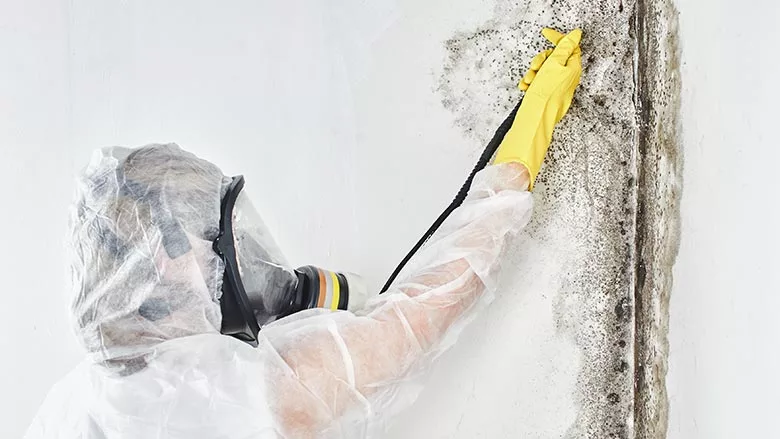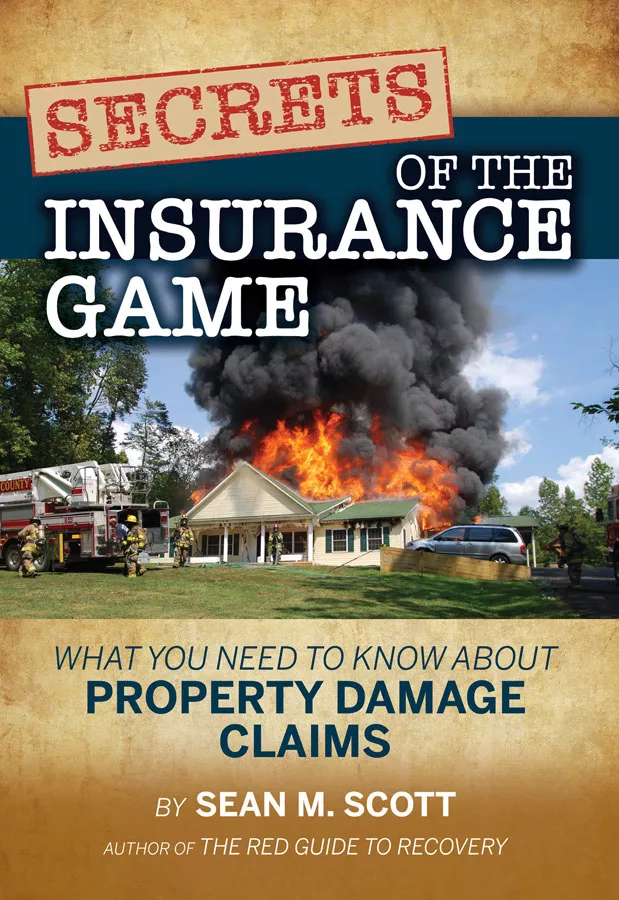Integrity Under Pressure – Ensuring Quality in Property Restoration

Photo: PeopleImages / iStock via Getty Images Plus
Commitment to Quality
For some, the claims process may seem straightforward—or so we’re led to believe. Yet, beneath the surface, systems have always shaped outcomes, often forcing silence and sacrifice from those most affected. For property restorers, these dynamics persist today, demanding integrity in an industry where profit often outweighs safety.
When disaster strikes, who ensures your home is truly safe? Who steps in to rebuild and protect, not just property but the well-being of families? It’s the property restorer. Yet, the vital role restorers play is often overshadowed by systems that challenge their integrity and hinder their ability to act in your best interests.
I speak today to three groups:
- The Public, who trust restorers during their most vulnerable moments.
- Restoration Owners and Instructors, who guide teams, yet some prioritize profits over principles.
- Opposing Parties, who challenge the motives and professionalism of restorers.
To the Public:
Restorers do more than cleanup—they uncover hidden dangers like mold and structural risks while managing and mitigating the inherent risks of the job. Their goal isn’t just to restore your property but to ensure your home is safe for you and your family at the end.
But restorers are not adjusters or lawyers. They cannot interpret the promises of your insurance policy or dictate your decisions. They document damages, present factual evidence and guide you toward informed choices with transparency. Without their expertise, who will protect you from risks you can’t see?
To Restoration Owners and Instructors:
You understand the stakes, yet many of you operate within systems that prioritize cost savings over safety. Unrealistic timelines and pressure from third parties push your teams to cut corners, leaving property owners vulnerable to long-term issues like mold and structural decay. When failures occur, the blame rarely falls on the system—it falls on the technicians, the restorers in the field.
Your work is about more than meeting deadlines or satisfying stakeholders. It’s about protecting the health and safety of families and upholding the integrity of the industry. If you compromise for short-term gain, you risk destroying the very trust that allows our profession to exist.
To Opposing Parties:
You claim restorers exploit vulnerable homeowners, yet restorers are often forced to operate within systems designed to limit safety and thoroughness in favor of cost-cutting. You accuse restorers of inflating claims, but what they fight for is fair compensation for doing the job right—ensuring families live in safe, healthy homes. By placing blame on restorers, you ignore the larger issue: a system that leaves everyone at risk.
The Bigger Picture:
These struggles reflect deeper patterns. Too often, people blindly trust systems that prioritize efficiency over safety, never questioning the processes that leave homeowners and restorers vulnerable. We must confront these patterns, or we risk perpetuating them.
- To the public: demand transparency and fairness from insurers and restorers alike.
- To restoration owners and instructors: remember that integrity and accountability form the foundation of trust.
- To opposing parties: work with restorers, not against them, to protect policyholders and uphold the standards of our industry.
Restoration isn’t just about fixing homes—it’s about safeguarding lives, ensuring health, and securing a better future for families. If we continue to accept the current status quo, we risk blocking the very progress that could lead to positive change.
We must set a standard of leadership and accountability, not through wishful thinking or complacency, but through action. Together, we can restore not just homes, but trust, safety and hope for a better future.
Looking for a reprint of this article?
From high-res PDFs to custom plaques, order your copy today!







